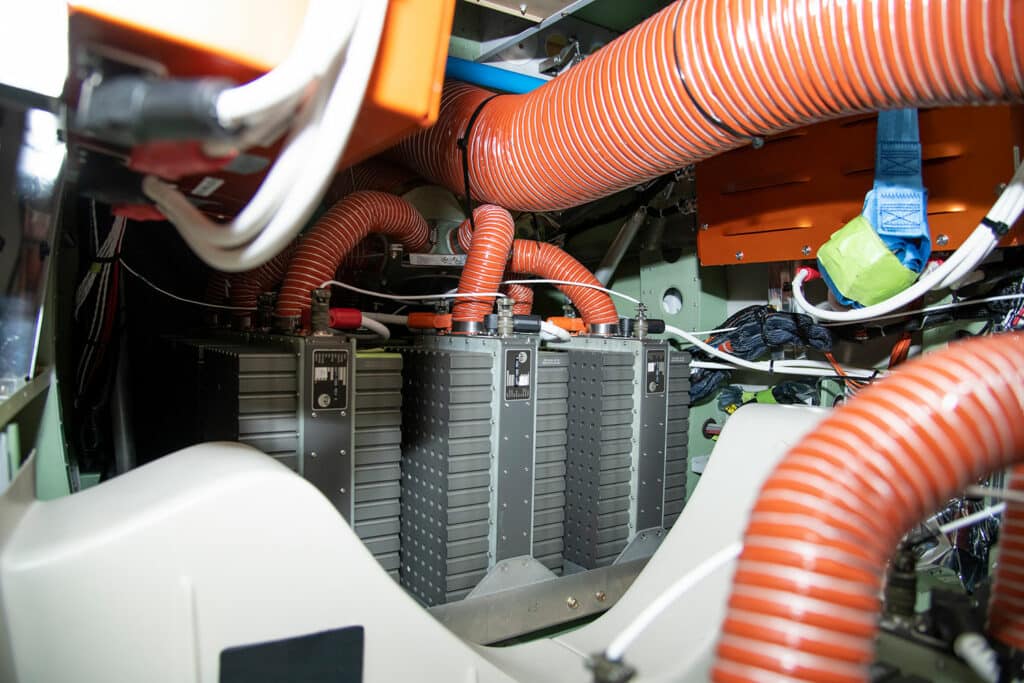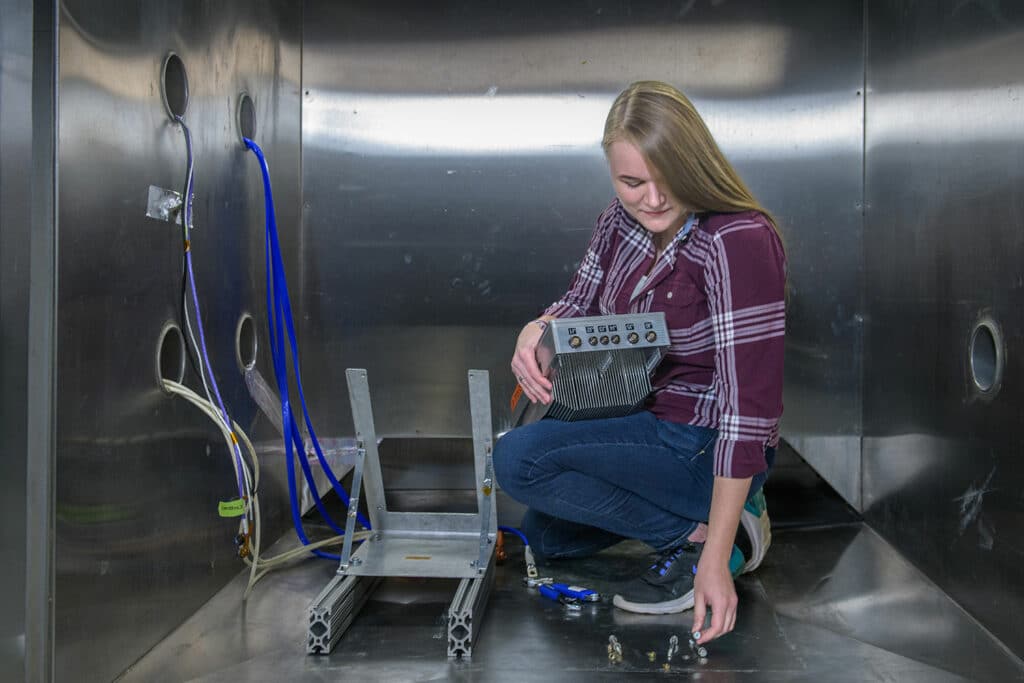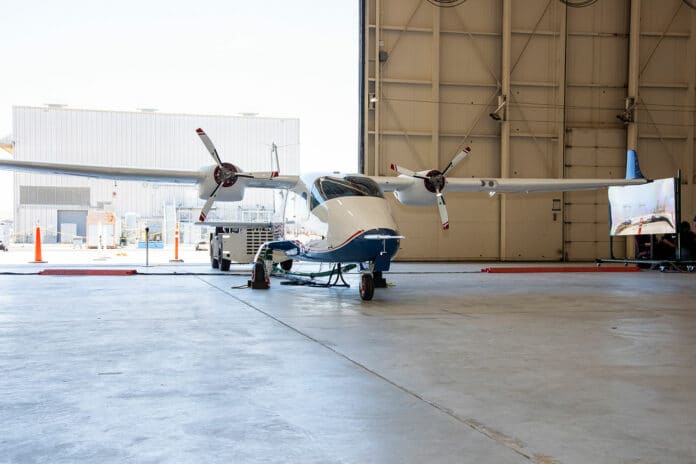NASA has decided to conclude all operational activities for its X-57 Maxwell all-electric aircraft project by the end of September 2023 without ever taking to the skies.
NASA says the research findings from the X-57 provide aviation researchers with hundreds of lessons learned, as well as a revolutionary development in areas ranging from battery technology to cruise motor control design.
The X-57 is part of NASA’s commitment to supporting the U.S. climate goal of achieving net-zero greenhouse gas emissions from the aviation sector by 2050. Beginning in 2016, the X-57 was built by modifying an Italian Tecnam P2006T to be powered by an electric propulsion system. Using an existing aircraft design allowed the team to compare their data to that of a baseline model powered by traditional combustion engines.
The primary goal of the X-57 project was to provide knowledge about the aircraft’s electric-propulsion-focused design and airworthiness process with regulators. The objective was to not only advance electric aircraft technology but to do so in a way that would help advance certification approaches for electric propulsion in emerging electric aircraft markets.

To this end, the X-57 team found they would need significant developments in battery technology. They worked on the overheating problems of the lithium-ion batteries installed on the aircraft and demonstrated that the new battery system design would stay within acceptable, safe limits.
Another success of the X-57 project was the design of the cruise motor controllers that convert the energy stored in the aircraft’s lithium-ion batteries to power its motors, which drive its propellers. The controllers use silicon carbide transistors to deliver 98% efficiency intended for high-power take-off and cruise without overheating. Engineers designed inverters to meet demanding mass and thermal requirements.

In addition, the team encountered electromagnetic interference during the integration phase that affected the operation of onboard systems and required a solution. They had to develop and install filters that resolved the issue.
However, despite all these advances, the X-57 will now be scrapped without ever taking to the skies. The project encountered several challenges to safe flight, including mechanical issues late into its lifecycle and a lack of availability of critical components required to develop experimental hardware. Given the approaching planned end of aircraft operations by September, the timeline would not allow the team to reach acceptable flight conditions.
“NASA‘s goal is to drive innovation through groundbreaking research and technology development. The X-57 project team has done just that by providing foundational information to industry through lessons learned, and we’re seeing the benefits borne out by American commercial aviation companies that are aiming to change the way we fly,” said Brad Flick, director of NASA’s Armstrong Flight Research Center in Edwards, California, where the X-57 aircraft was developed. “I’m incredibly proud of their tenacity and ingenuity as they led the way in advancing electrified propulsion. The future of electrified propulsion is possible because of their contributions.”
Although most of the X-57’s development will complete by September 2023, the team will officially conclude its work several months afterward with additional technical publications.
